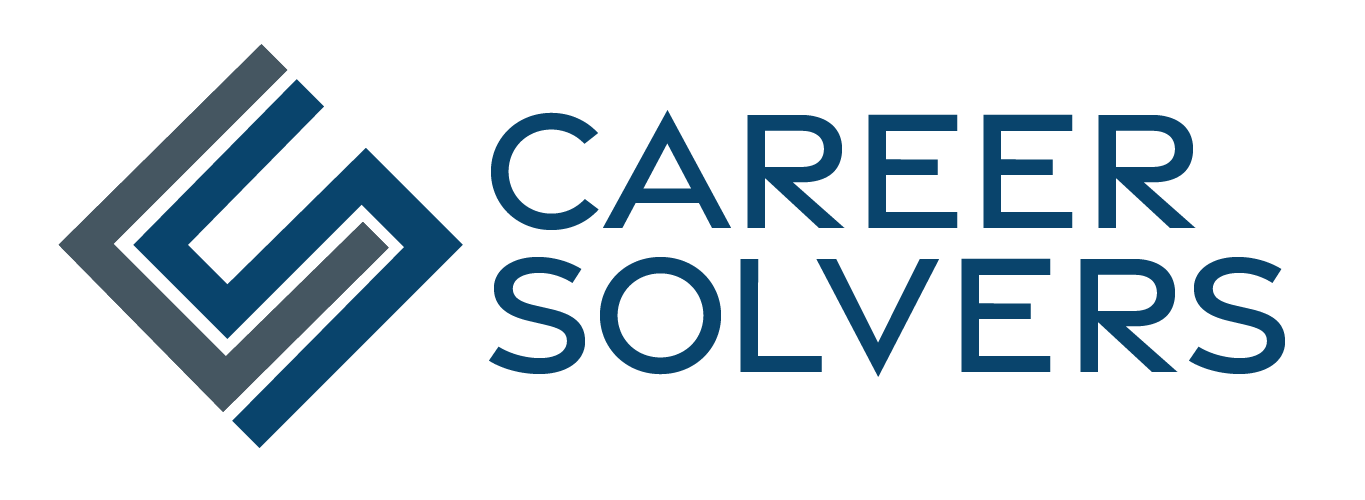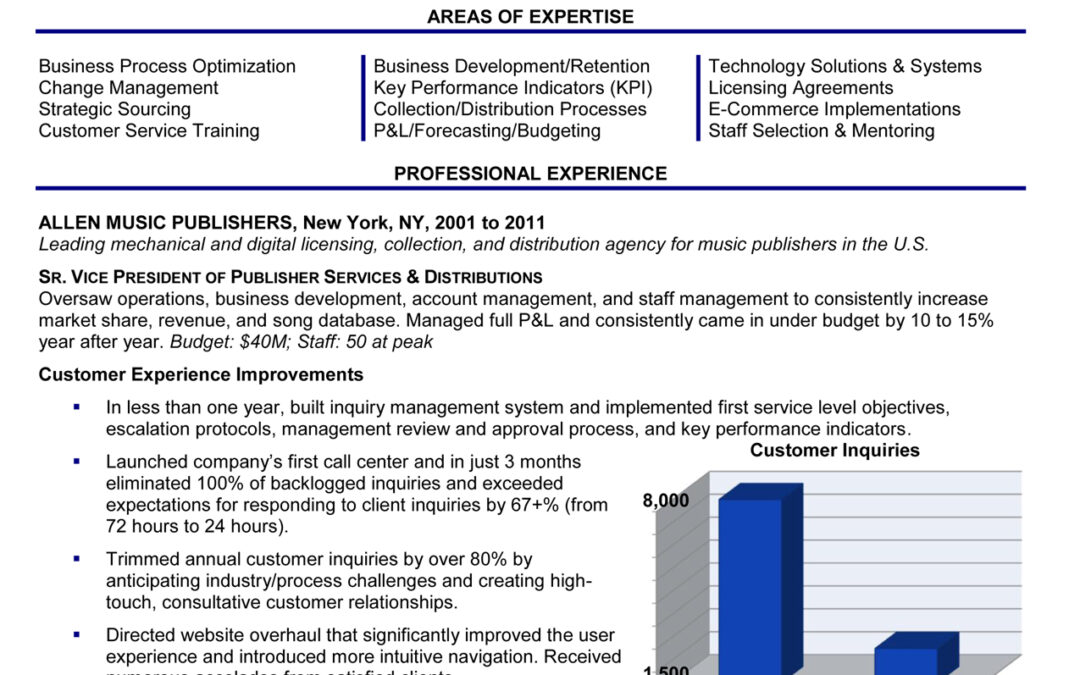 We’ve all searched for something online by typing in a word or phrase that closely resembles the type of information we are looking for. We find information and make decisions about products and services via these types of searches. Employers use a similar method to find the applicants that best match their open positions. Many companies rely on applicant tracking software to source candidates. By typing certain relevant keywords or phrases into the applicant tracking system, hiring managers can quickly find candidates that fit the requirements for their open positions.
We’ve all searched for something online by typing in a word or phrase that closely resembles the type of information we are looking for. We find information and make decisions about products and services via these types of searches. Employers use a similar method to find the applicants that best match their open positions. Many companies rely on applicant tracking software to source candidates. By typing certain relevant keywords or phrases into the applicant tracking system, hiring managers can quickly find candidates that fit the requirements for their open positions.
Resume keywords are words used on resumes to describe a competency or skill or to acknowledge experience in a certain job function or industry. If your resume lacks the appropriate keywords, it may never be found by the hiring manager. Here are some tips for increasing your chances of being found by hiring managers by including appropriate keywords to optimize the compatibility of your candidacy to an employer’s needs.
The right keywords
1. One of the best ways to find the keywords that the hiring manager will be searching is to check the job posting or posting for similar jobs. By including those keywords in your resume, you stand a greater chance of being found by the hiring manager. Another great resource for selecting keywords is ‘Best Keywords for Resumes, Cover Letters, and Interviews’ by Wendy Enelow.
2. Stem keywords and vary your word choices. For example, rather than just using the word analyst on your resume, include variants such as analysis or financial analyst as well. If you have knowledge of merchandise planning, also include the word merchandising or assortment planning to the resume to cover your bases.
Also, include different ways of saying certain titles. So, a CFO should include both CFO and Chief Financial Officer in the body of the document. A candidate in the pharmaceuticals industry should use both pharmaceuticals and pharma to describe their industry. A job seeker with experience in mergers and acquisitions should also list the abbreviation M&A, and an HR professional with experience in employment law such as the Family and Medical Leave Act should also use the acronym FMLA. By including variations on the word or phrase, you can increase the likelihood that your resume will be found regardless of the keyword the hiring manager is using for the searching.
3. While it is important to optimize the resume, it must be done in a way that still makes sense to the human reader. Be sure to balance the needs of the human reader with search engine optimization techniques to create the best results. Weave word variations into your document in a logical and natural way.
4. Extend the keyword concept past the resume. Keyword searches are not just limited to applicant tracking tools. Recruiters and hiring managers frequently perform keyword searches on social networking sites such as LinkedIn to find appropriate candidates. Make sure your profile on LinkedIn is robust and also includes a lot of keywords.
Keyword suggestions
Below are some examples of how to incorporate keywords into your resume.
CHIEF OPERATING OFFICER (COO)
Operations Risk Mitigation
SEC Registration/Compliance
Acquisitions
Due Diligence
Vendor Selection and Management
Technology Upgrades/Integration
P&L Management
Forecasting/Budgeting
Human Resources
Administration
Hedge Fund
Product Marketing
Investor Reporting
Client Relationship Management
Office Openings and Closings
HUMAN RESOURCES GENERALIST
Talent Acquisition
College Recruiting/Internships
Management Development
Employee Handbook Writing
Competitive Benchmarking
New Hire Orientations
Payroll Administration
EEO and I-9 Compliance
COBRA Administration
ERISA Administration
Reductions in Force
Benefits Design/Administration
Policy Writing/Implementation
Applicant Tracking
Budgeting/Forecasting
Corrective Action Plans
Staff Management
SENIOR LEVEL MERCHANDISING EXECUTIVE
Apparel Merchandising
Merchandising Strategy
Production/SKU Planning
Competitor/Market Analysis
Cross Functional Team Building
Product Development/Launch
International Licensing Relations
Vendor Sourcing/Supplier Relations
Product Standardization
Inventory Management
Leadership and Mentoring
Account Relationship Management
Purchasing Negotiations
Costing
Budgeting
Color and Trend Forecasting
Staff Development


